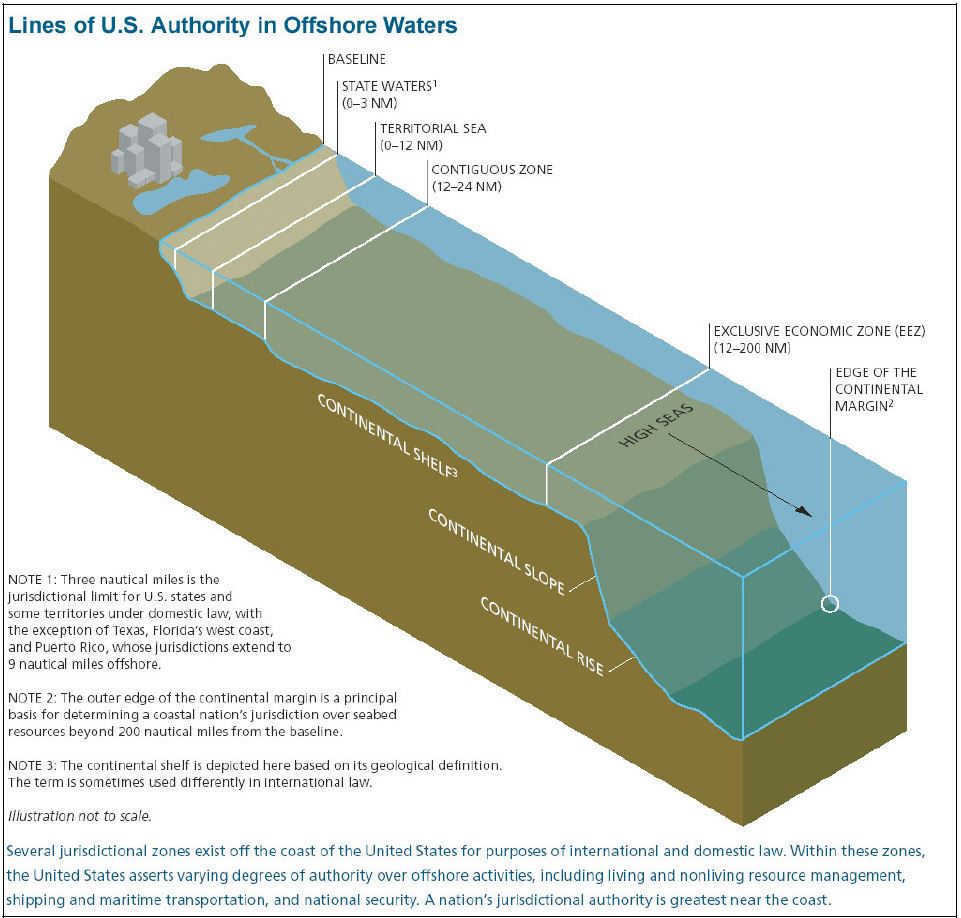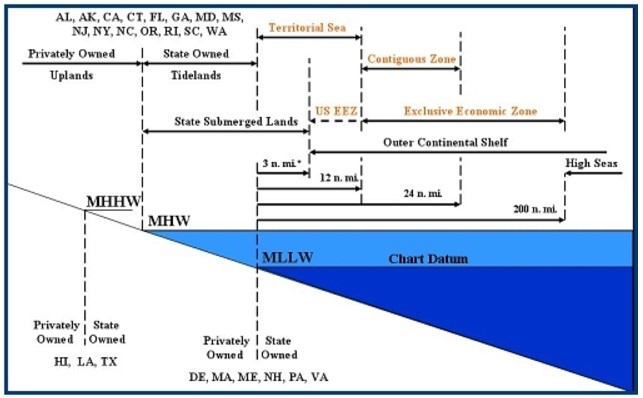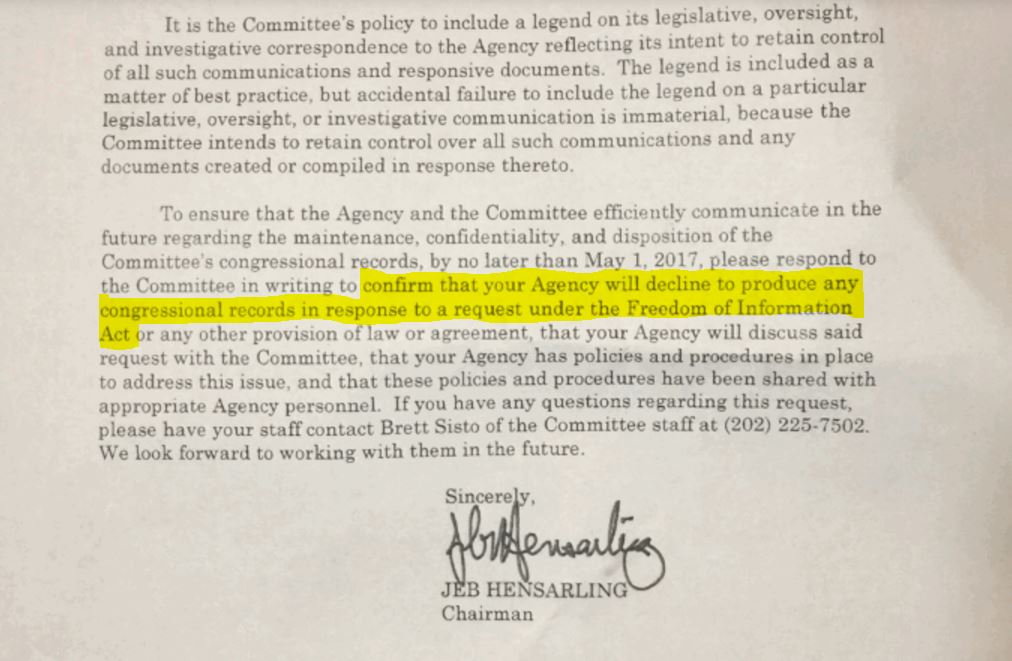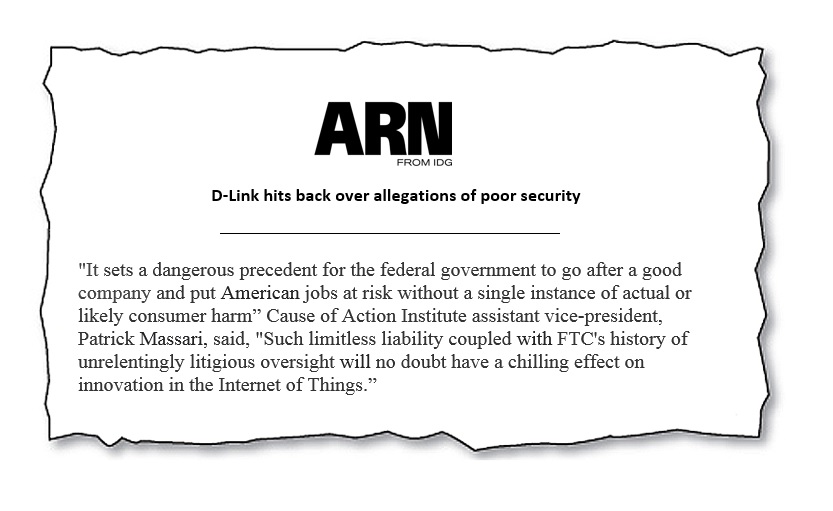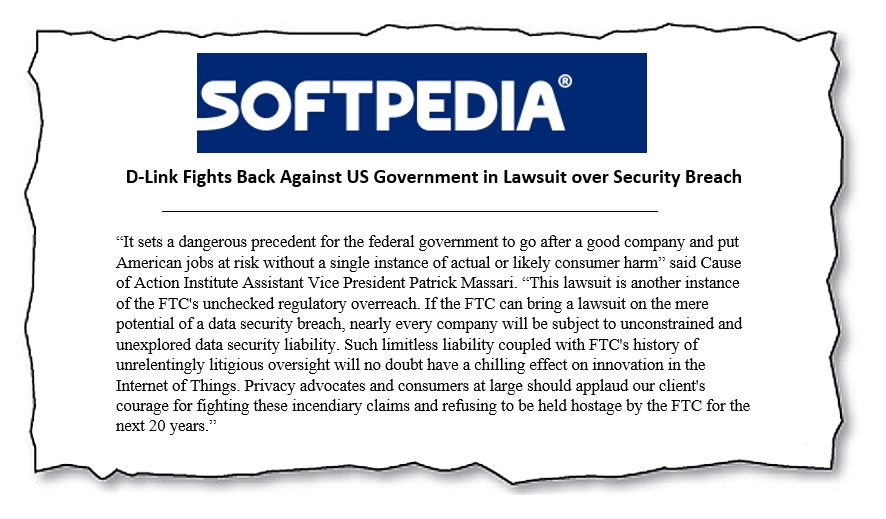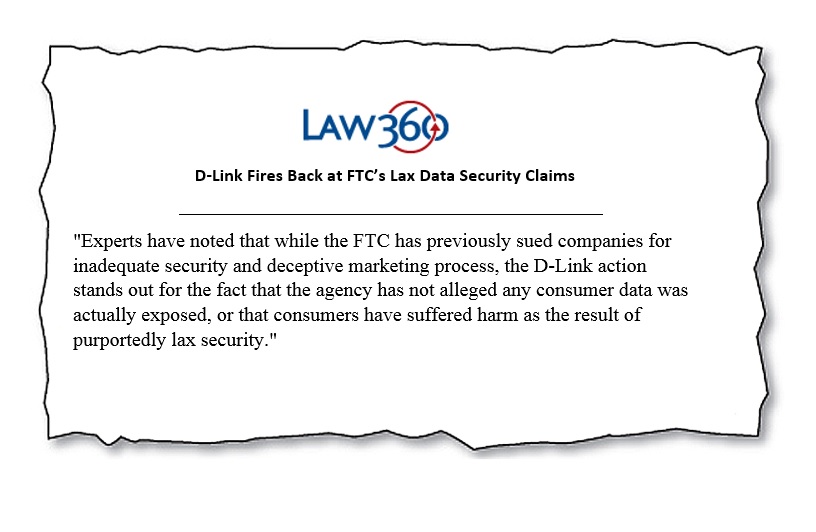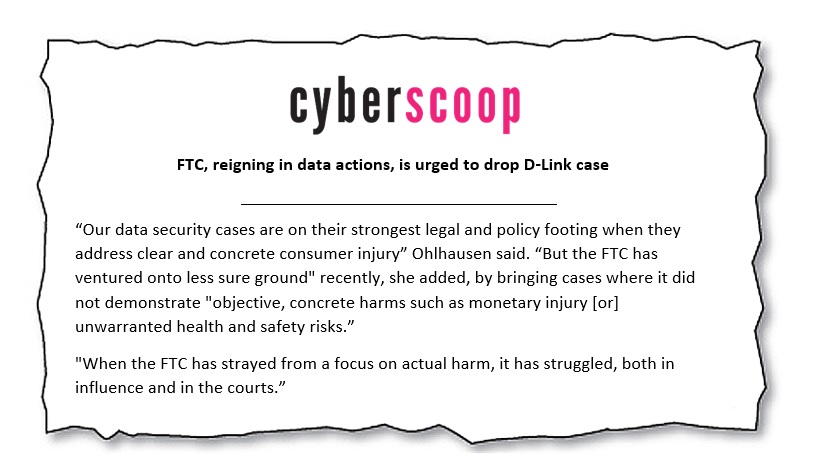Washington, D.C. – Cause of Action Institute (CoA Institute) today sent a letter to EPA Administrator Scott Pruitt urging him to reconsider an Obama-era settlement reached with Harley-Davidson, Inc. for selling after-market “super tuner” devices to boost performance of their motorcycles. The EPA alleged these devices were sold in violation of the Clean Air Act. Without admitting liability, Harley-Davidson agreed to settle the lawsuit.
The settlement included a controversial requirement that Harley-Davidson fund a seemingly unrelated program to replace or retrofit wood-burning stoves with cleaner appliances, which appears to violate the agency’s own guidance on the issuance of consent decrees.
CoA Institute also issued a separate Freedom of Information Act (“FOIA”) request to the EPA for documents related to the settlement negotiations.
CoA Institute President and CEO John Vecchione: “EPA is erring by not implementing a mitigation project by Harley-Davidson that fits the violation as required by applicable rules. The Obama administration’s pattern of using settlements to fund favored political projects is a dangerous precedent that should be reviewed and reversed. Funneling settlement funds to pet projects should not supplant the congressional appropriations process or applicable rules that mitigation projects address the underlying harm caused.”
Unlike the defeat devices unknowingly installed in Volkswagen vehicles, the Harley-Davidson “defeat devices” were freely and intentionally purchased by individuals, and came with labels that detailed what “performance enhancements are considered street legal and for competition-use only” and warned against improperly using the devices. Harley-Davidson maintains that these products, which have been sold for over two decades, “[were] and [are] legal to use in race conditions in the U.S.”
The “Emissions Mitigation Project” included in the consent decree requires Harley-Davidson to fund a “wood-burning appliance changeout and retrofit.” The project is defined as a “supplemental environmental project” (“SEP”). However, in 2015, the EPA issued a guidance document outlining the legal requirements enforcement officials must adhere to when crafting an SEP. The Harley-Davidson consent decree violates EPA’s guidance on SEPs by not establishing a sufficient nexus between the mitigation project and the alleged underlying violations.
In its letter, CoA Institute urges EPA Administrator Pruitt to reconsider the Harley-Davidson consent decree’s unlawful Emissions Mitigation Project, and replace it with a project that conforms to the SEP Policy’s sufficient nexus requirement.
The letter to Administrator Pruitt is available here The FOIA request is available here
For information regarding this press release, please contact Zachary Kurz, Director of Communications: zachary.kurz@causeofaction.org
